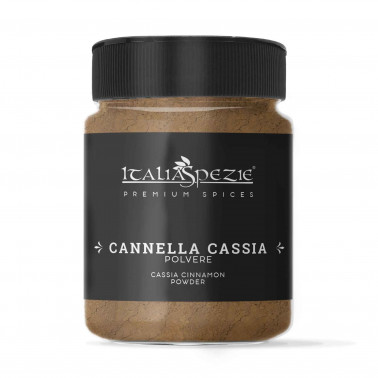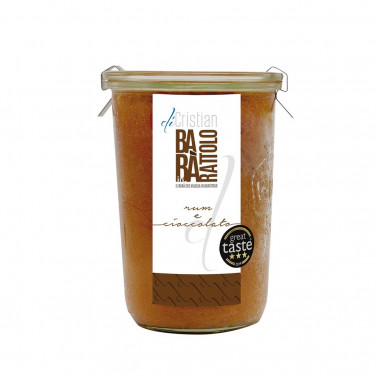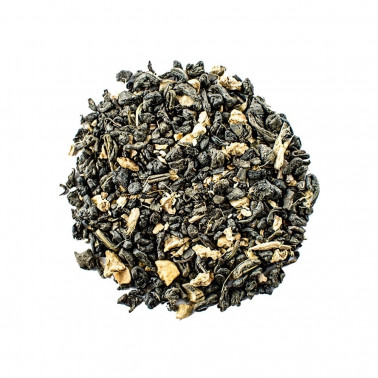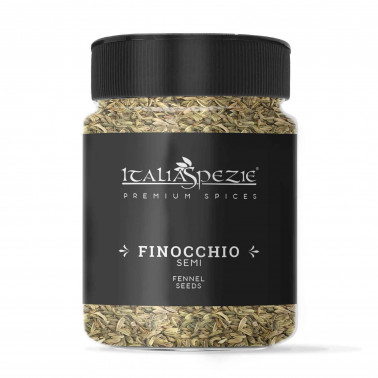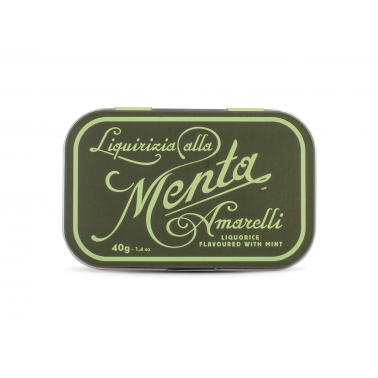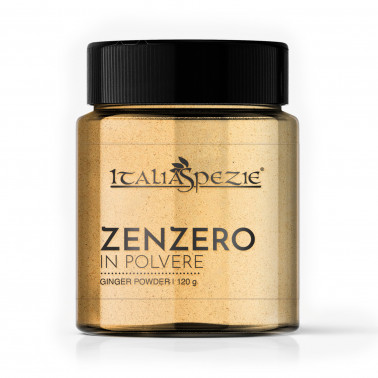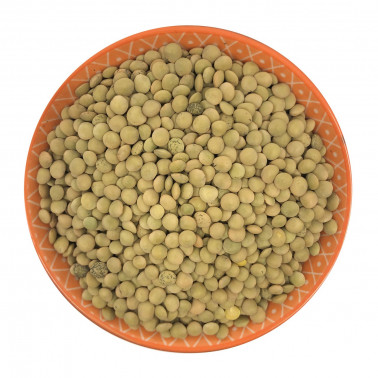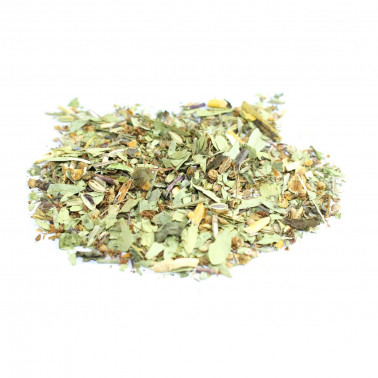Cous Cous
Ingredients: Cous Cous
History and Curiosities
Some opinions claim that couscous originated in China, while other opinions are sure of its origin from East Africa. However, couscous is the most popular dish in Morocco and North Africa. Right here, artifacts have been found that represented kitchen utensils for the preparation of couscous.
To date, couscous is the favorite dish of many people.
The traditional preparation of this North African specialty is long and laborious and involves the processing of semolina with your hands together with flour, water and salt, until you get very small grains well separated from each other.
The couscous is then cooked and served in the couscoussiera, a typical pot suitable for this food. The couscoussiera is divided into two layers, the lower layer in which the accompanying foods are cooked (meat, fish,...) and the upper layer where the couscous is inserted, which then cooks thanks to the steam coming from the lower part of the pot.
Properties and Benefits
Eating couscous provides you with essential nutrients to help keep your health in good condition.
The couscous previously worked by hand, is now giving more and more space to mechanized preparation.
It is a very common food in Sicilian cuisine, especially in the province of Trapani where it arrived for the first time at the time of arab domination.
It can be eaten as a side dish, salad or dessert, and you can use it instead of rice or quinoa.
This element is rich in fiber, carbohydrates and proteins. It also has vitamins of group A and B and has a high presence of important mineral salts, such as potassium, phosphorus, magnesium and calcium.
Eating couscous provides a good source of lean and vegetarian protein. A 1-cup serving of cooked couscous provides 6 grams of protein, which corresponds to 12% of the daily value of the nutrient. Your body relies on dietary proteins to support the health of your skin, muscles, organs and other body tissues. Choosing lean protein sources helps meet your daily protein needs without consuming excess fat. A serving of couscous has less than 0.5 grams of fat per serving making it very lean.
Each serving of couscous offers 2 grams of dietary fiber.
Although fiber is an indigestible carbohydrate, it plays a vital role in maintaining your health. Fiber can be beneficial for weight management, because it absorbs water and bloating in the digestive tract helping you feel full. Thanks to the presence of fiber, couscous has high digestive properties, which stimulate the intestines.
When grains are processed, many of the nutrients are lost. Choosing whole grain foods typically provides more vitamins, minerals, and fiber per serving than refined grains. Couscous is a whole food and a good source of B vitamins needed to stay healthy.
In particular, couscous provides thiamine, niacin, riboflavin, B6, folic acid and pantothenic acid. These nutrients help metabolize energy, keep red blood cells healthy, and are a great remedy for the skin, blood, brain, nervous system, heart, and immune system.
Recipes
There are now many quick and easy recipes to prepare your couscous. The one on the market is usually a pre-cooked couscous and therefore only a pot, with a little water or a broth will be enough to prepare it. Couscous goes well with vegetables cooked in the oven or in a pan but also with legumes, tempeh and tofu. Your dishes can then be enriched with dried, fresh and dried fruit.
Very famous is the Libyan couscous, based on lamb meat, chickpeas, potatoes, carrots, onions. To flavor the dish, spices such as cinnamon, cloves, korkop, salt and pepper are used and are often garnished with boiled eggs.
We recommend a tasty and quick dish to prepare, also excellent cold:
Cous Cous with peas and shrimp
INGREDIENTS:
- Shrimp: 300 g
- Peas: 300 g
- Extra virgin olive oil: 6 tablespoons
- Coppery tomatoes: 1
- White onions: 1/2
- Lemon zest: 1/2
- Thyme: 1 sprig
- Marjoram: 1 sprig
- Pre-cooked couscous: 250 g
- Water: 270 ml
- Extra virgin olive oil: 2 tablespoons
- Lemon zest: 1
- Butter: 30 g
To prepare couscous with peas and shrimp, start by taking couscous; in a pan pour 270 ml of water, heat it and add a pinch of salt, two tablespoons of extra virgin olive oil and the zest of a lemon. When the water starts to boil, add the couscous to rain, stir and then turn off the heat.
Add the butter and level the couscous well with a spoon and let stand 2 minutes so that the semolina absorbs the water. Shell the shrimps, also removing the tail, salt and pepper and let them roast in a pan, where you have heated 3 tablespoons of olive oil, over medium heat for 5 minutes making them brown on both sides.
Move the shrimp, once cooked, on absorbent kitchen paper so that they lose excess oil.
Now cut the tomato into quarters and, with the help of a knife, dig it by removing the pulp and seeds that you are going to blend together with a pinch of salt, one of pepper, a tablespoon of oil and the zest of half a lemon; instead cut the layers of the tomato into small cubes and leave them aside.
Chop the thyme and marjoram and set aside; chop the onion finely and fry it in a pan with 2 tablespoons of olive oil; as soon as it starts to sizzle add the tomato juice blended and continue to cook over low heat for 5 minutes.
Add the peas, salt and pepper slightly. Add to the peas a part of the chopped herbs and cook for about 10 minutes until the peas are tender, adding a little water if they dry too much. Meanwhile, remove the lemon zest from the couscous and add the remaining chopped herbs and tomato cubes, mix and add everything to the peas, directly in the pan over low heat.
Mix well, if necessary add a drizzle of extra virgin olive oil and finally add the shrimp.
Turn off the heat, mix the couscous and serve in small single-portion tajines, hot or if you prefer cold.
Source: ricette.giallozafferano.it
Contraindications
Among the contraindications to the consumption of durum wheat couscous it should be remembered that this food contains gluten and can therefore not be consumed by celiacs or by those suffering from gluten intolerance
How to store Cous Cous
Raw couscous should simply be stored in a pantry away from light and heat funds. Once cooked, the couscous is kept in the refrigerator for 2 or 3 days, or you can also freeze and store it in the freezer.

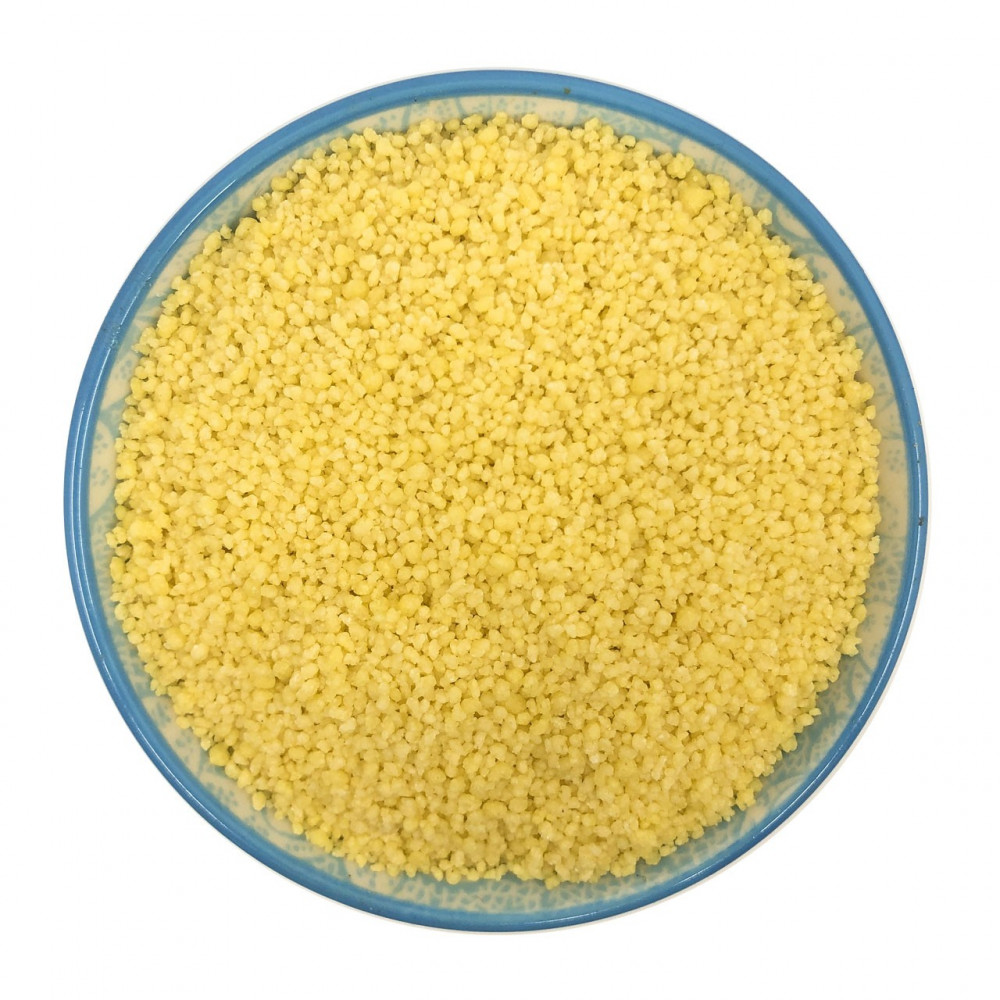


 Total Rating
Total Rating
